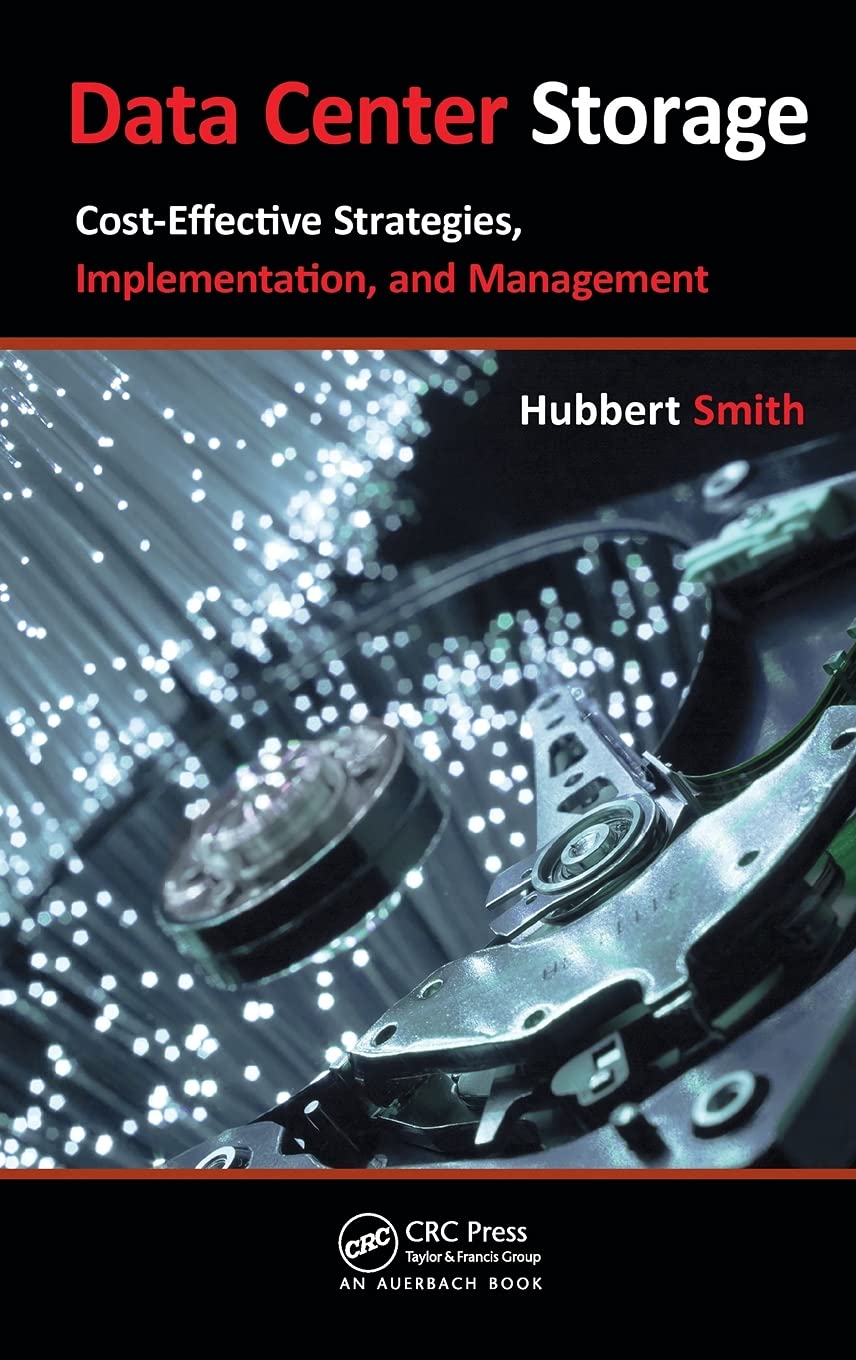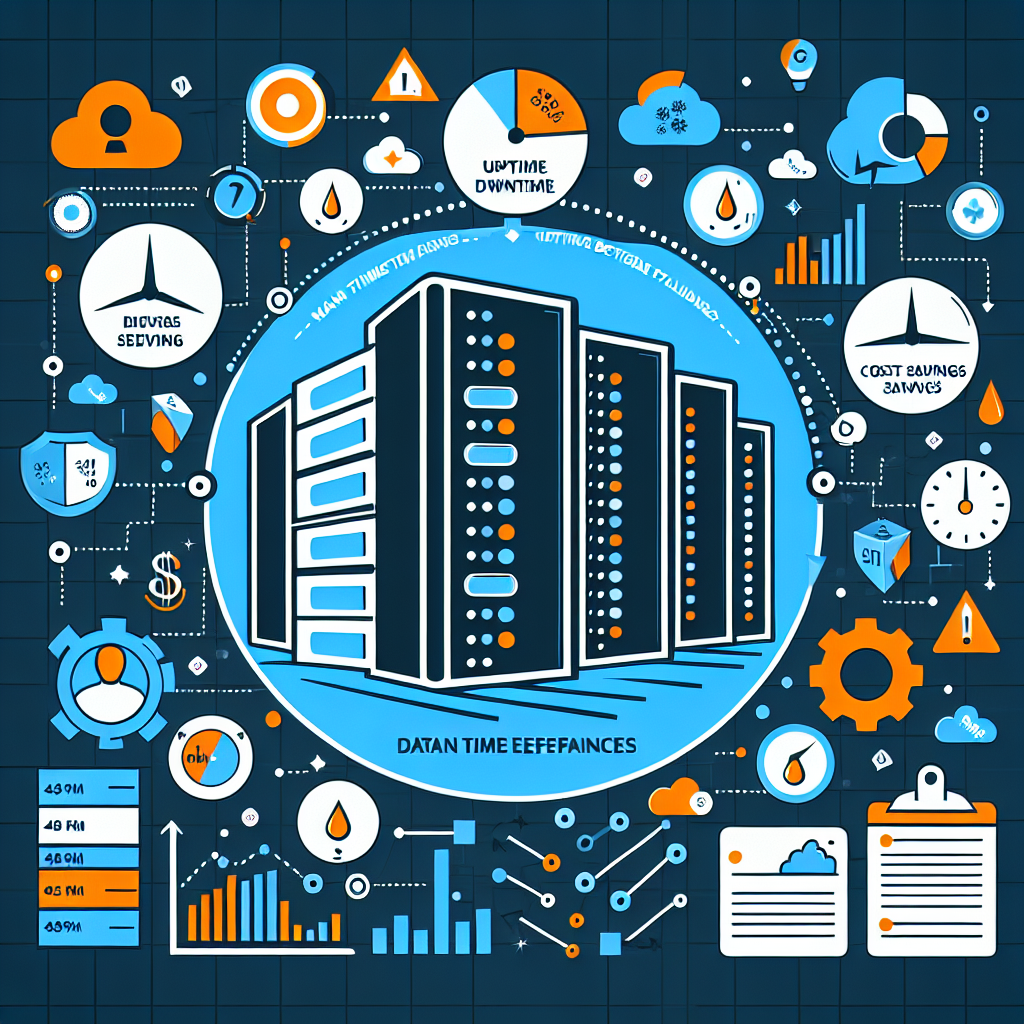In today’s fast-paced business environment, data centers have become the backbone of operations for many organizations. These facilities house the critical infrastructure that supports all digital activities, from processing transactions to storing customer information. As such, it is crucial for businesses to ensure the reliability and efficiency of their data centers to maximize return on investment (ROI).
One of the most effective ways to achieve this goal is through proactive data center servicing. By implementing regular maintenance and monitoring practices, organizations can prevent costly downtime and equipment failures, ultimately saving time and money in the long run. In this article, we will discuss strategies for cost-effective maintenance that can help businesses maximize ROI on their data center investments.
Regular Inspections and Preventive Maintenance
Regular inspections and preventive maintenance are essential components of proactive data center servicing. By conducting routine checks on equipment and systems, organizations can identify potential issues before they escalate into major problems. This proactive approach can help prevent downtime and costly repairs, ultimately saving businesses time and money.
Some key areas to focus on during inspections include cooling systems, power distribution units, and backup generators. By ensuring that these components are functioning properly, organizations can maintain the reliability and efficiency of their data centers.
Remote Monitoring and Management
Remote monitoring and management tools can also play a crucial role in proactive data center servicing. These tools allow IT teams to monitor the performance of equipment and systems in real-time, enabling them to identify and address issues before they impact operations.
By leveraging remote monitoring and management tools, organizations can optimize the performance of their data centers and maximize ROI. These tools can help businesses identify trends and patterns in data center performance, allowing them to make informed decisions about maintenance and upgrades.
Regular Training and Education
Regular training and education for data center staff are also essential for maximizing ROI. By keeping employees up-to-date on best practices and emerging technologies, organizations can ensure that their data centers are operating at peak efficiency.
Training and education can help employees identify and address issues quickly, reducing downtime and minimizing the impact on operations. Additionally, well-trained staff can help businesses make informed decisions about maintenance and upgrades, ultimately maximizing ROI on data center investments.
Outsourcing Maintenance Services
Outsourcing maintenance services can also be a cost-effective strategy for proactive data center servicing. By partnering with a third-party provider, organizations can access specialized expertise and resources that may not be available in-house.
Outsourcing maintenance services can help businesses reduce costs and improve efficiency by leveraging the expertise of experienced professionals. Additionally, outsourcing can help organizations free up internal resources to focus on core business activities, ultimately maximizing ROI on data center investments.
In conclusion, proactive data center servicing is essential for maximizing ROI on data center investments. By implementing regular inspections, preventive maintenance, remote monitoring and management, regular training and education, and outsourcing maintenance services, organizations can ensure the reliability and efficiency of their data centers. By taking a proactive approach to maintenance, businesses can prevent costly downtime and equipment failures, ultimately saving time and money in the long run.










